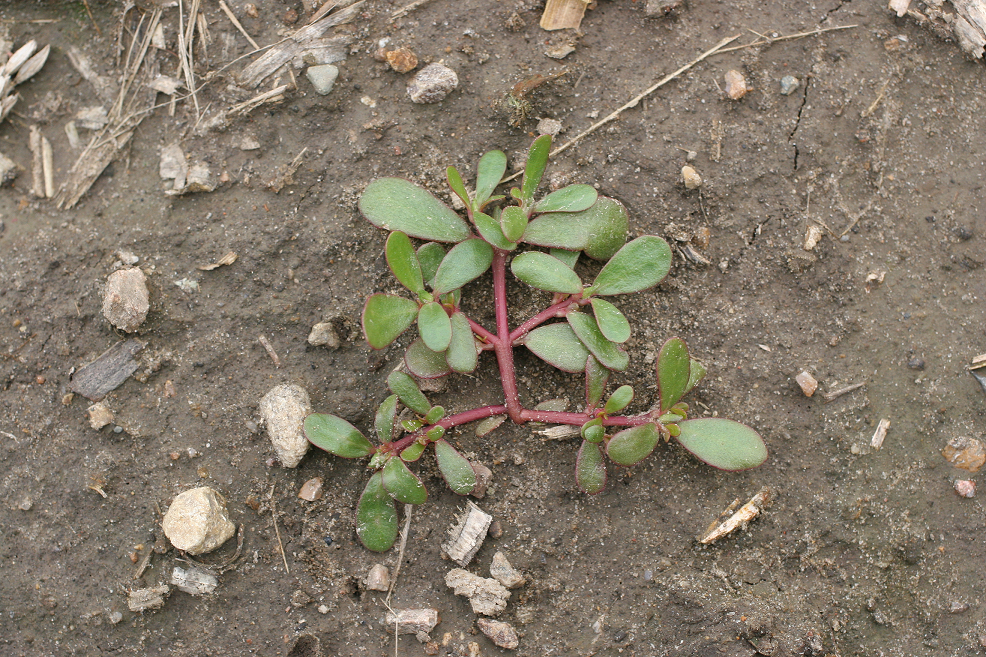🌿 Portulaca oleracea: Origin, Uses, and How to Consume It
🔹 Botanical Overview
Scientific name: Portulaca oleracea
Family: Portulacaceae
Common names: Purslane, Little Hogweed, Pigweed, Verdolaga
Type: Succulent, herbaceous plant
Growth habit: Low-growing, sprawling ground cover with fleshy, reddish stems and small, spoon-shaped leaves.

🌍 Origin and Distribution
Portulaca oleracea is believed to have originated in the Middle East or Indian subcontinent, though its exact origin is still debated due to its widespread historical use. It is now found across every continent except Antarctica and thrives in warm, sunny environments, including gardens, roadside areas, and disturbed soils.
It is considered a cosmopolitan species and grows both wild and cultivated, particularly in Mediterranean, Asian, African, and Latin American regions.
🧪 Nutritional and Medicinal Benefits
Portulaca oleracea is often recognized as a superfood due to its impressive nutritional and medicinal profile.
✔️ Nutritional Content:
- Omega-3 fatty acids: One of the highest known plant sources (especially alpha-linolenic acid).
- Vitamins: Rich in Vitamin A, C, and several B-complex vitamins.
- Minerals: Contains magnesium, potassium, calcium, and iron.
- Antioxidants: Includes betalain alkaloids and flavonoids, which help combat oxidative stress.
✔️ Medicinal Potential:
- Anti-diabetic: Studies show that extracts of P. oleracea may help lower blood glucose levels and improve insulin sensitivity.
- Cardioprotective: Due to its omega-3 and antioxidant content, it may support heart health by reducing cholesterol and inflammation.
- Anti-inflammatory & Wound-healing: Used traditionally to soothe skin irritations, burns, and eczema.
- Antibacterial & Antifungal: Contains compounds with antimicrobial properties, supporting skin and gut health.
- Neuroprotective: Some research suggests potential benefits in protecting the brain from oxidative damage.
🧬 Many of these benefits are supported by modern pharmacological studies, though clinical research is still ongoing.
🥗 How to Consume Portulaca oleracea
This plant is edible and versatile in both raw and cooked forms. Its leaves, stems, and flower buds are all safe to consume.
✅ Raw Consumption:
- Salads: Fresh leaves and tender stems can be added to salads for a slightly tangy, lemony flavor.
- Smoothies: Blended with fruits and vegetables for added nutrients.
- Herbal garnish: Used as a crunchy topping on sandwiches or wraps.
✅ Cooked Consumption:
- Sautéed or stir-fried: Similar to spinach or watercress, it can be lightly sautéed with garlic and oil.
- Soups and stews: Adds a slight mucilaginous texture that helps thicken dishes.
- Pickled: Commonly preserved in vinegar, especially in Mediterranean cuisine.
✅ As Herbal Infusion:
- Tea preparation: Dried leaves and stems can be steeped in hot water to make a mild, soothing herbal tea.
- Traditional decoctions: Used in some cultures to support digestion or reduce inflammation.
⚠️ Precautions
- Oxalates: Portulaca oleracea contains oxalates, which may be a concern for individuals with kidney stones or those on oxalate-restricted diets.
- Proper identification: It should be correctly identified, as some look-alike weeds may not be edible or safe.
🧾 Summary
| Feature | Description |
|---|---|
| Scientific Name | Portulaca oleracea |
| Native to | Possibly Middle East/Asia; now cosmopolitan |
| Nutrients | Omega-3, vitamins A & C, magnesium, iron |
| Uses | Anti-diabetic, skin healing, heart health, culinary |
| Common Forms | Raw (salads), cooked (soups, stir-fries), tea, pickled |